Performance tires are made to provide a thrilling driving experience to customers with their advanced handling and traction in both wet and dry conditions.
So if you’ve recently gotten performance tires installed on your vehicle, you may be wondering – how long do performance tires last? Here is what I’ve found out about this!
Performance tires last for 40,000 miles (64,000 kilometers) on average. These tires sacrifice lifespan for improved handling, with high-performance tires lasting around 20,000 miles (32,000 kilometers). Additionally, car owners should get their performance tires inspected after 6 years, and not use them for more than 10 years.
If you want to learn more about how long various types of performance tires last, whether performance tires wear out faster, and much more, keep on reading!
Most performance tires last for an average of 6 to 10 years, with manufacturers recommending that customers replace their tires after 10 years of usage even if the tread is fine.
This is because the rubber compound used to manufacture tires disintegrates and weakens gradually over time.
So even though you may not have used your performance tires very frequently, they may still not be suitable for use after 10 years.
For safety reasons, you should get your tires inspected regularly after 6 years of usage by a professional mechanic to catch internal issues before these land you in accidents.
High-performance tires wear out faster than regular tires because they are engineered to provide exceptional handling while sacrificing lifespan.
These tires are made from softer rubber compared to that used in regular tires, which produces better traction and handling on the road, making them ideal for sports purposes.
However, due to this softer compound, the tires spill pieces of rubber at a high rate, which results in the tire wearing out a lot faster.
Additionally, high-performance tires are used in sports-grade cars which are driven at very high speeds, experience harder braking, and are also used for drifting.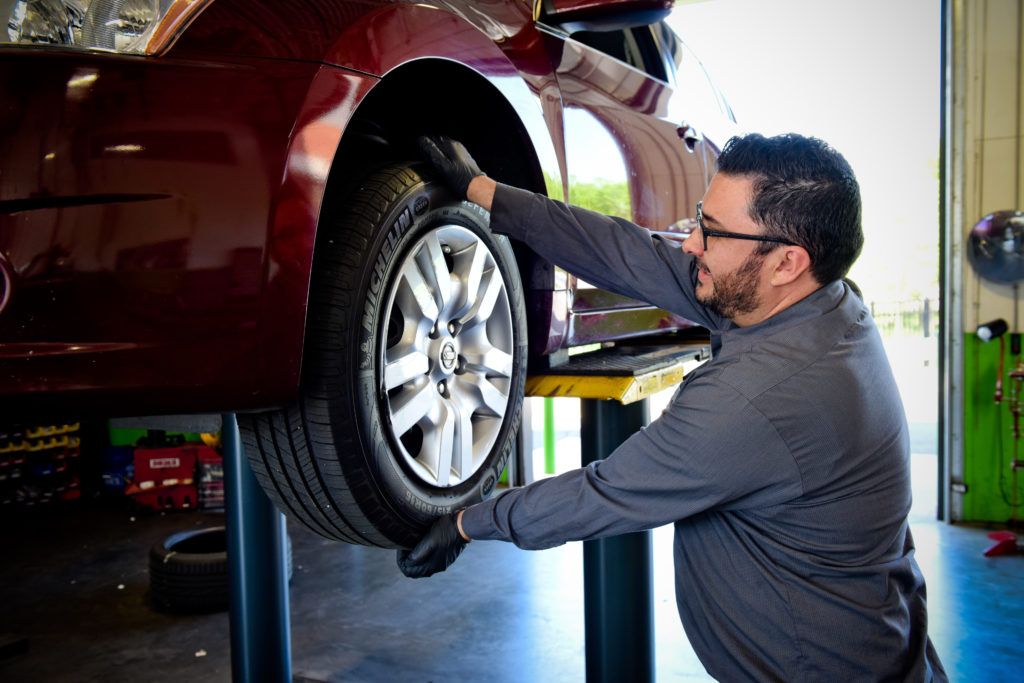
Because of all these factors, the tires used in these cars also wear out very quickly.
Max Performance Summer tires are manufactured to provide the best blend of dry and wet traction for a comfortable ride in the summer (and should not be used in snow/cold weather).
Showing exceptional handling in the rainy season as well, these tires last around 20,000-30,000 miles (32,000 – 48,000 kilometers) on average.
Here are some well-known Max Performance Summer tire brands, along with their treadwear warranties:
Ultra High-Performance (UHP) All-Season tires provide decent handling and grip on both dry and wet roads and are also suitable for use in winters.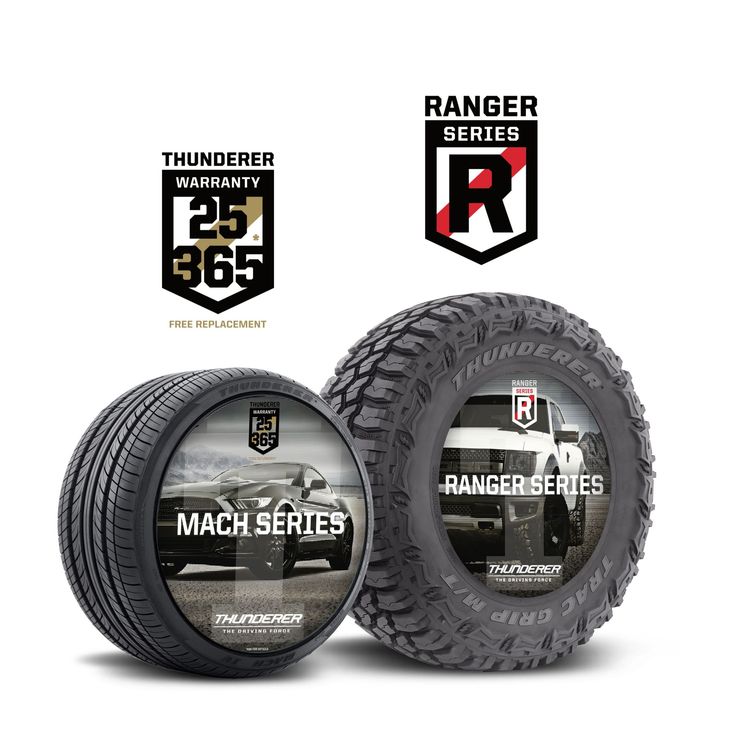
Based on treadwear tests conducted by Consumer Reports, these tires last an average of 49,000 miles (78,000 kilometers).
Some well-known Ultra-High-Performance All-Season tires along with their treadwear warranties are:
Ultra-High-Performance Summer tires have a reasonable grip on dry and wet roads, but unlike their All-Season counterparts, are not fit for use in winters or snowy conditions.
These tires generally last an average of around 15,000 – 30,000 miles (24,000 – 48,000 kilometers).
Here are some well-known UHP Summer tires along with their treadwear warranties:
Performance All-Season tires specialize in providing decent year-round traction and offer various upgrades over regular all-season tires through their form and performance.
They usually last for about 60,000 miles (96,000 kilometers) and are suitable for both winters and summers (as suggested by the name).
Some popular Performance All-season tires along with their treadwear warranties are:
Designed for use on trucks and SUVs, Street/Sport Truck All-Season tires have large rim diameter tires which magnify a vehicle’s appearance.
Keep in mind that although they are suitable for use in winters and snow as well, their wide tread width limits traction in deep snow.
These tires provide excellent handling on dry and wet roads in all seasons and come with a 40,000- 60,000 miles (64-96,000 kilometers) warranty.
Here are some well-known Street/Sport Truck All-Season Performance tires along with their mileage warranties:
Like their All-Season counterparts, Street/Sport Truck Summer Performance tires also have large rim diameter tires, but these are not suitable for winter or snowy conditions.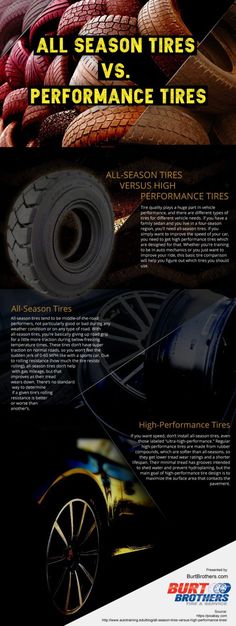
Check out the following list for some popular Performance Street/Sport Truck Summer tires and their treadwear warranties:
Although it depends on how the car is driven and the condition of the roads, Tesla Model 3 Performance tires last an average of 25,000 – 30,000 miles (40,000 – 48,000 kilometers).
This is relatively high compared to the average tread life of tires used in electric cars because Tesla uses premium and high-end tires for its Model 3 vehicles.
Note that tires used in electric cars tend to wear out a lot quicker than regular tires because of the high torque and acceleration they have to face when the car moves from a stop.
To know more, you can also see our related posts on how long do all-season tires last, how long do winter tires last, and if new cars come with spare tires.
Performance tires last for an average of 40,000 miles (64000kilometers). However, the actual tire lifespan varies across the different types of performance tires.
Ultra-High-Performance All-Season tires tend to last around 49,000 miles, whereas UHP All-Summer Tires last between 15,000 – 30,000 miles.
Note that high-performance tires tend to wear out faster than regular tires because they are made of a softer rubber compound and are driven at higher speeds.
by Team Auto Glass Leave a Comment
As the name implies, performance tires are designed to give vehicle owners increased handling response and traction, especially in wet and dry conditions. These tires are critical to delivering the experience sports drivers are looking for. They feature unique rubber compounds, construction features and tread patterns to provide enhanced traction, responsiveness and precision. But how long do performance tires last?
They feature unique rubber compounds, construction features and tread patterns to provide enhanced traction, responsiveness and precision. But how long do performance tires last?
In this post, we’ll discuss the factors that affect how long tires last and narrow down on performance tires. We cover everything from tread to pressure and tire maintenance.
What Affects Your Tires?Indeed, several factors affect how long your tires and specific type of wheel will last. The life of your tires will depend on your driving style, the tire itself whether it be touring, performance and more, where you drive and a wide range of other factors. It also helps to note that the climate you’re in affects the life of your tires.
Individual tires are designed with certain weather conditions in mind. Some will perform better in hot weather, while some are designed for rainy conditions, others will stand up to the cold in snowy areas. If you take a tire designed for summer driving to a cold snowy area, for example, it won’t handle as well as it did.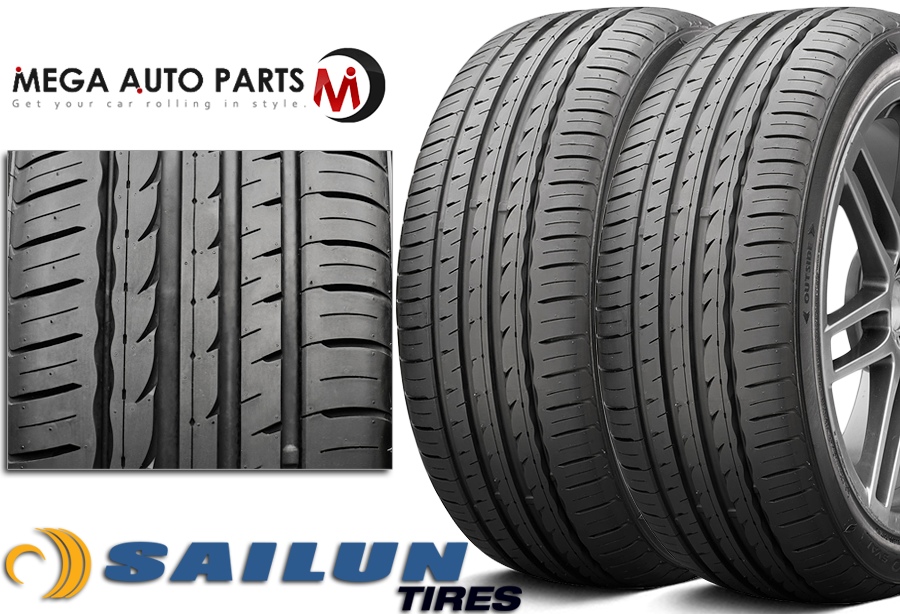
The most common reason a tire will give out is damage or wear. While some damage can be repaired, repeated punctures are a sign that you need to invest in new tires. When a tire wears out and it doesn’t have enough tread to keep you safe anymore, then it’s time to replace the whole thing.
Performance TiresTires that boast good handling such as performance tires will usually have a shorter expected life than their regular, cheaper alternatives. The rubber is often softer to provide a better grip, which translates to faster wear and damage. A bad alignment job could also make your tires wear out unevenly, and if you don’t catch it early, that could mean an entirely new set of tires.
So, what’s the average lifespan of a regular tire? Generally, your average tire will give you about 40,000 miles. However, this depends on several factors. When it comes to high-performance tires, you can expect about 20,000 miles.
PressureTo ensure even wear, auto companies and tire makers recommend checking the tire pressure at least once every month. The pressure should be at the level recommended by the manufacturer. For this, consider a handheld tire-pressure gauge.
The pressure should be at the level recommended by the manufacturer. For this, consider a handheld tire-pressure gauge.
Rotating your tires can also help to prolong their useful life. If you have a front-wheel drive car, for example, the front tires will wear more quickly so by swapping them with the rear, your tires can wear more evenly over time.
Bottom LineSo how long do performance tires last? The short answer is that it depends. However, performance tires typically last much shorter than regular tires because they’re usually made of softer materials. By rotating your tires, ensuring your vehicle is well aligned, maintaining proper pressure and choosing the right tires for your climate, your tires can serve you for longer. Beyond taking care of your tires, it’s equally as important to take care of all other parts of your car as well. Such parts include ensuring that you don’t have windshield damage, and if you do, to get it repaired and replaced as soon as possible.
Consumer disputes over the age of tires have not subsided for several seasons. Buyers are excited that the warranty period for tires is limited to 5-6 years according to GOST, and after the expiration of this period, the rubber becomes unusable.
Is this really the case, read this article.
Manufacturers of most brands on their products set Shelf life is 5 years and service life is also 5 years .
The shelf life of a tire is the period during which it retains its performance when properly stored.
The end of this period does not mean that the tires have become unusable . A shelf life of 5 years is given by manufacturers because, by law, they cannot set a shelf life higher than the service life. Tires over 5 years of storage cannot be called damaged or defective, their technical characteristics may be slightly reduced.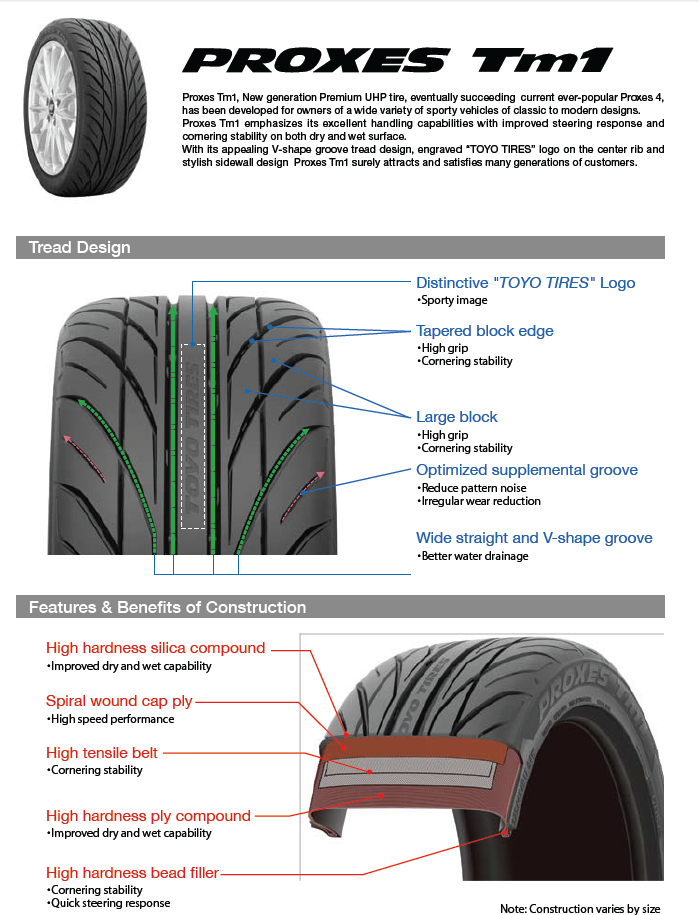 American researchers argue that the period of storage of "shoes" must be at least 10 years. Experts from Germany are sure that it cannot exceed 6 years.
American researchers argue that the period of storage of "shoes" must be at least 10 years. Experts from Germany are sure that it cannot exceed 6 years.
The expiration date of tires is the warranty period during which the manufacturer is responsible for the quality and condition of the tire if it was used for its intended purpose without violating the operating rules.
According to Russian legislation (GOST 5513, GOST 4754-97) , the service life of tires is 5 years from the date of manufacture.
How can I find out the date of manufacture of tires?
You can find out the age of tires by a special DOT code. Tires manufactured after 2000 in the DOT code contain two pairs of numbers, where the first pair indicates the week number of the year, and the second pair indicates the year. Earlier tires before 2000 have 3 numbers in their composition, where the first two digits are the week number, and the last one is the year (see the transcript in the photo).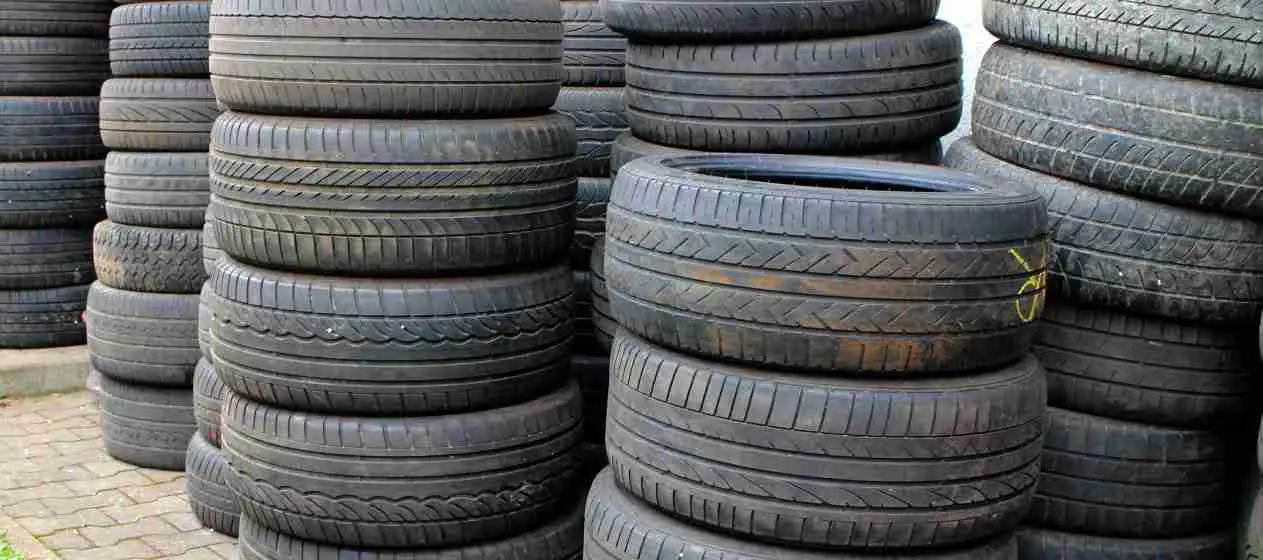
Determination of the average shelf life of a tire according to GOST and operating conditions.
- The symbol ZR denotes tires for high-speed cars. They are recommended to be used at speeds over 240 km/h. up to 6 years
- Tires with the H symbol are used at a maximum speed of 210 km/h. within 5 years.
- The sign S symbolizes the maximum permissible speed of 180 km/h. and operational period of 4-5 years.
Most tire manufacturers do not agree that tire life is limited to 5 years. Each company has its own opinion on this matter. We analyzed several of them and the information they posted on their official websites.
Michelin
The French tire manufacturer Michelin has become famous for its active fight against the perception of the rapid aging of tires as a perishable product. Her information campaign "Tires Are Not Bananas" created a lot of noise in the automotive environment. According to the representative office, several test trials were carried out in Saudi Arabia, South Korea and Germany. As a result of testing, no difference was found between new tires and tires stored for 3 years. They were tested for various characteristics such as rolling resistance, high speed durability, etc. Tires with a year life were approximately equal in performance to 10-year unused tyres.
According to the representative office, several test trials were carried out in Saudi Arabia, South Korea and Germany. As a result of testing, no difference was found between new tires and tires stored for 3 years. They were tested for various characteristics such as rolling resistance, high speed durability, etc. Tires with a year life were approximately equal in performance to 10-year unused tyres.
Michelin focuses the attention of car owners on the fact that tires are not a perishable product, their shelf life is not as important as the service life is important, starting from the date the tires are installed on the rims. It is from this moment that the tire is subjected to all tests: pressure, temperature changes, wear, contact with uneven and sharp coatings, etc.
Continental
On the Russian official website of Continental, we found the following information on the expiration dates of tires.
“When a tire is stored in the correct position and under the recommended conditions, it will not lose its original balanced performance for 5 years from the date of manufacture of the tire.
A properly maintained, unused tire less than 5 years old can be sold as a new tire and used normally.
Continental recommends replacing all tires (including spares) with a sidewall date greater than 10 years.
Nokian
The following information is posted on the Nokian official website:
“Tire life is not defined by law, but tires can only be considered “new” if they have been manufactured within the last five years. The recommended service life of tires is six years and the recommended maximum period is 10 years.
The opinion of our specialists, based on many years of experience, coincides with the opinion of manufacturers: the shelf life is 5 years + the service life is up to 10 years. Moreover, more "adult" tires, in our opinion, are of better quality.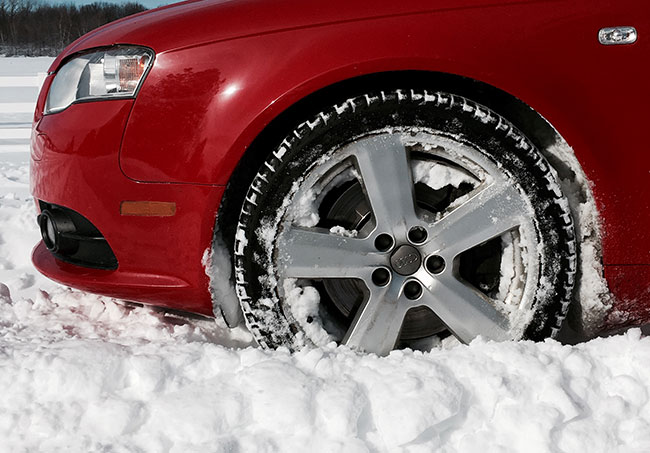
To keep tires as long as possible, they are stored in compliance with all rules and recommendations. The main condition is a cool, ventilated, darkened room away from oils, paints, ozone, and heat sources.
Rubber products tend to lose their performance over the years. To prevent and slow down this process, manufacturers add polymers to the rubber compound. They prevent oxidative processes that occur due to the interaction of protectors with oxygen and ozone.
The following are the main conditions for the proper storage of tires in accordance with GOST 24779-81:
Maintaining a constant regime without sudden jumps, slight temperature fluctuations from -30°С to +35°С are allowed;
Provide a low humidity level of 50-80% in a dry, ventilated cool room;
Avoid direct sunlight, use darkened hangars, shield heat sources;
Keep away from sources of heat;
Tires should not come into contact with corrosive, copper materials.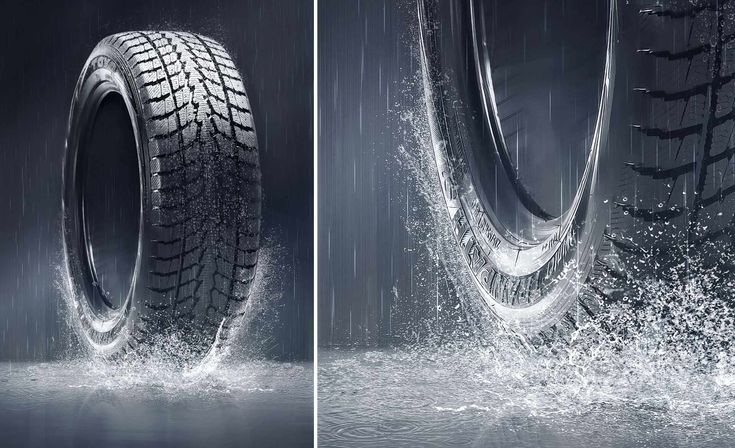
Avoid kinking, loading or positioning on an uneven surface.
Avoid contact with oils, organic solvents, acids, alkalis, fuels and lubricants on the tire surface. It is forbidden to lay tires on a wet and dirty surface.
In the warm season, when storing tires outside, they should be covered with light-tight material and raised above ground level to ensure ventilation and prevent the occurrence of the greenhouse effect.
Storage on reflective, light and heat absorbing surfaces is prohibited.
Keep away from chemicals, oils, paints, open flames, electric motors that produce ozone.
Used tires must be washed and dried.
Tires without rims should be stored upright.
The service life depends on many factors: the load on the car, the quality of the roads, the driving style, the distance traveled, tire damage, etc.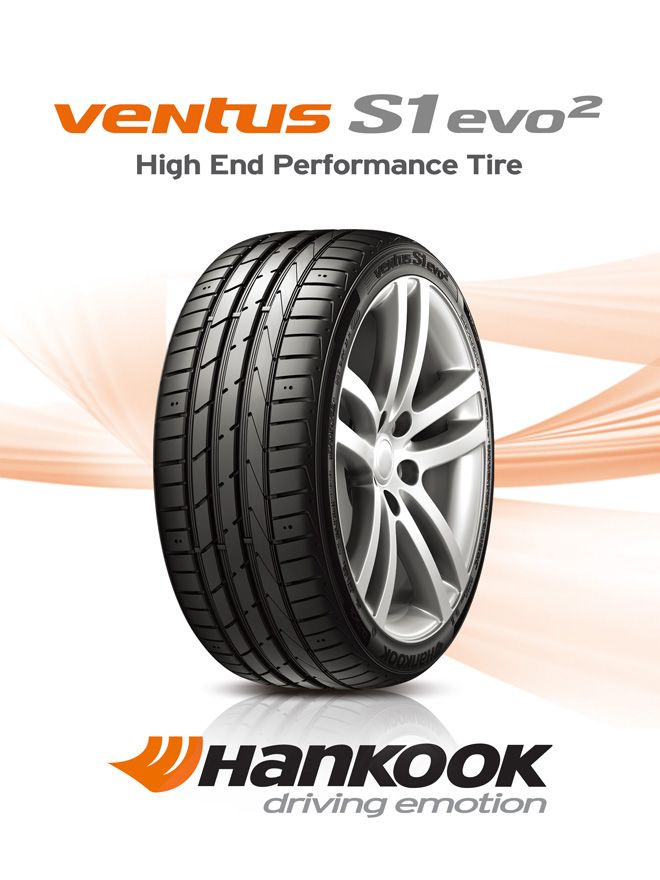 To increase their service life, follow these rules:
To increase their service life, follow these rules:
Check tire pressure every 2-3 weeks. With reduced pressure, tire wear increases by the equivalent of a % reduction. For example, a 15% reduction in pressure can result in a 15% reduction in service life. Inflated tires are less scary.
The wear of the front tires is always significantly higher than the rear ones, so it is recommended to swap them after some time, carefully watching the direction of the tread pattern and the direction of rotation.
Proper alignment of tires in relation to rims. If the direction is not the same, then performance is significantly reduced.
To prevent damage to the sidewalls of tires, avoid close proximity to curbs and high ledges.
Wash off dirt from the surface of the rubber and from deep grooves with special cleaning agents.
Adhere to an even driving style without harsh brakes and quick starts.
Do not overload the car beyond the norm. 20% excess weight leads to a 30% loss of tire life.
Keep the wheels balanced and check the alignment angles annually.
The main condition for a long tire life is:
- high quality products,
- careful operation,
- proper storage of tires in the off-season,
- timely diagnosis.
The age of tires in standard storage is a minor non-determining factor that should not be taken into account when buying them.
Previous article Next article
Monday, November 21, 2016 03:12:13 PM Europe/Moscow
How to determine the date of manufacture of a tire and the necessary service life for its performance and functionality to be at the highest possible level?
When the minimum tread depth (4 mm for winter tires and 1.6 mm for summer tires) is reached, the tires are taken out of service and disposed of.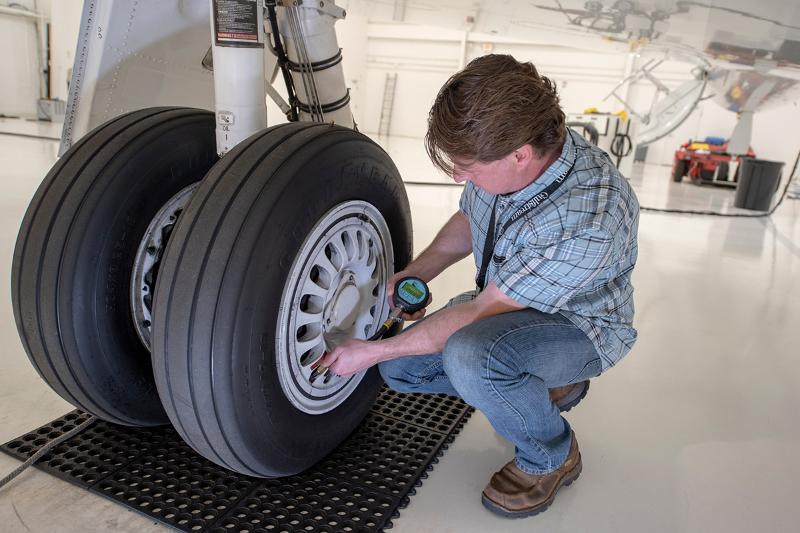 As for the period of use over time, according to the recommendation of tire manufacturers, tires should not be used for more than ten years from the date of manufacture. At the same time, it is worth distinguishing between the concepts of "service life" and "manufacturing warranty period". The latter is established by law and in the Russian Federation is five years from the date of production. During the warranty period, the manufacturer is responsible for the full compliance of the tire with all necessary technical requirements.
As for the period of use over time, according to the recommendation of tire manufacturers, tires should not be used for more than ten years from the date of manufacture. At the same time, it is worth distinguishing between the concepts of "service life" and "manufacturing warranty period". The latter is established by law and in the Russian Federation is five years from the date of production. During the warranty period, the manufacturer is responsible for the full compliance of the tire with all necessary technical requirements.
The date of manufacture of a tire is one of the mandatory markings and is applied to one of the sidewalls of the tire in the lower part of it, next to the seat area for the disc. This marking is a set of four digits, where the first two digits are the week of production, and the last two are the year . For example, "4815" means that the tire was manufactured in 2015 at week 48.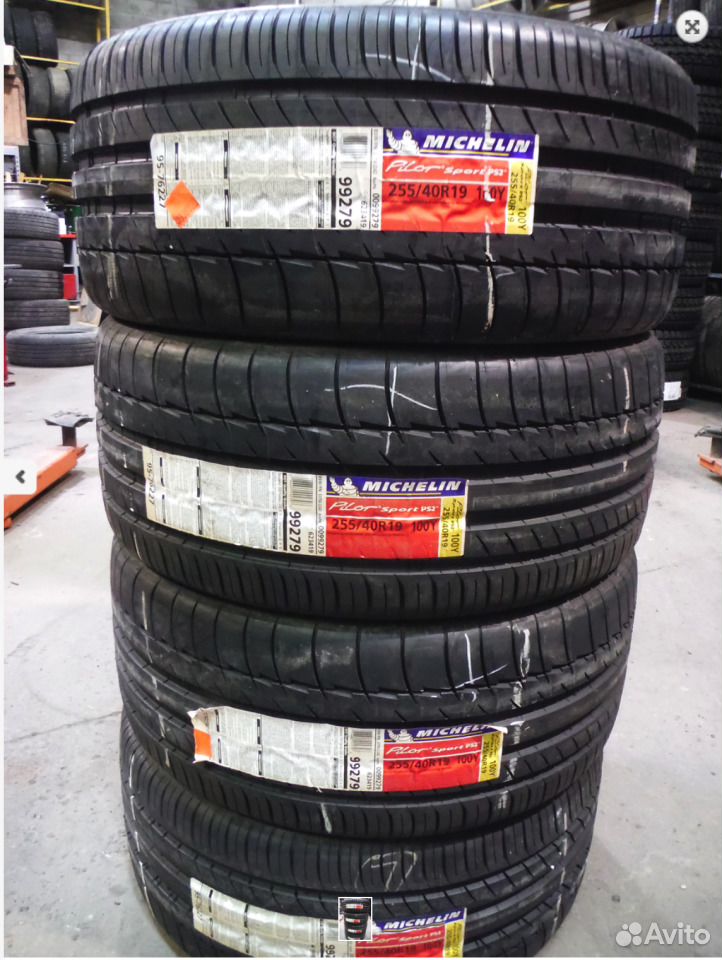 In some cases, the date of manufacture is included with an alphanumeric code that contains information about the place of manufacture of the tire, it is applied next to the DOT abbreviation.
In some cases, the date of manufacture is included with an alphanumeric code that contains information about the place of manufacture of the tire, it is applied next to the DOT abbreviation.
In summary, a tire is considered new and high performance if it has been manufactured for less than 5 years. And the opinion that you should only buy tires of the current year of manufacture is a delusion: tires are made in advance, before the start of the season. Thus, the tire that hit the shelf in the tire center in March 2017 will be produced in the second half of 2016, because it takes time to transport it, and if the tire is imported, it also takes time to go through the customs procedure. For your safety, choose certified tire centers for purchase, in which the tire storage process meets all standards and requirements. Tires must be used for no more than 10 years or to the minimum allowable tread depth in accordance with the season of use. In this case, the manufacturer bears its warranty obligations only during the first five years from the date of production.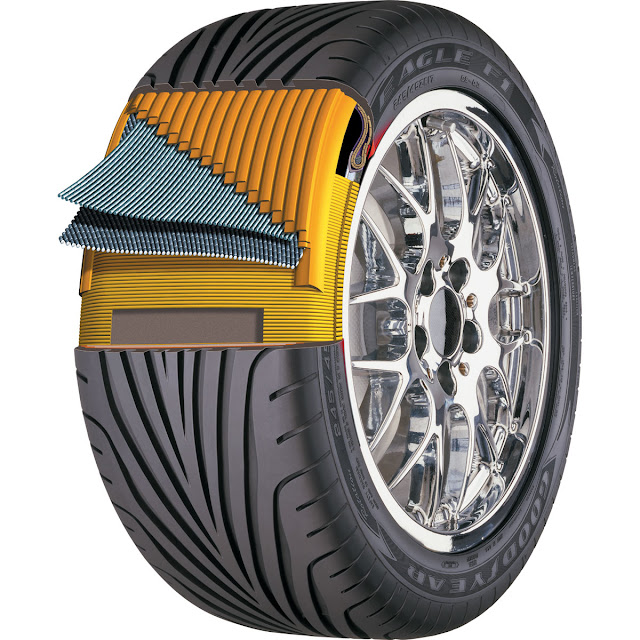
Because the tire is constantly deformed during operation. All components of a car tire not only wear out from friction on the road surface, but are also exposed to the negative effects of sunlight, chemicals, etc. Thus, the general physical and chemical aging of the tire occurs. And if the level of physical tire wear can be assessed, then the consequences of changing the rubber structure due to aggressive environments and conditions are almost impossible for an ordinary driver to assess .
Structural changes to the tire can lead to poor grip on all surfaces, rapid wear, chipping, cracking of the tread and other negative consequences. The problems listed above are only consequences of tread “aging”, but it is worth remembering that the tire almost entirely consists of various rubber compounds, which are also subject to “aging” with subsequent deterioration in tire performance.
In this case, a completely new tread can be misleading about the quality of the tyre. The level of tread depth affects the ability of the tire to drain water, as well as the effectiveness of traction in snow or mud, but the tread has only a part of the functions. There is also rubber in the tire, as well as a rather complex internal structure. The latter just can get damaged (deformation, curvature) during tire storage for 5 years or more. This can lead to an imbalance that contributes to the car pulling to the side and even the complete destruction of the tire during operation.
MICHELIN, BFGoodrich, Tigar tire warranty is 5 years from the date of manufacture or until the minimum acceptable tread wear level is reached in accordance with the legal requirements in force in the territory of the Customs Union, subject to the rules of transportation, storage, operation, specified by regulations and the manufacturer for each tire model, whichever comes first.